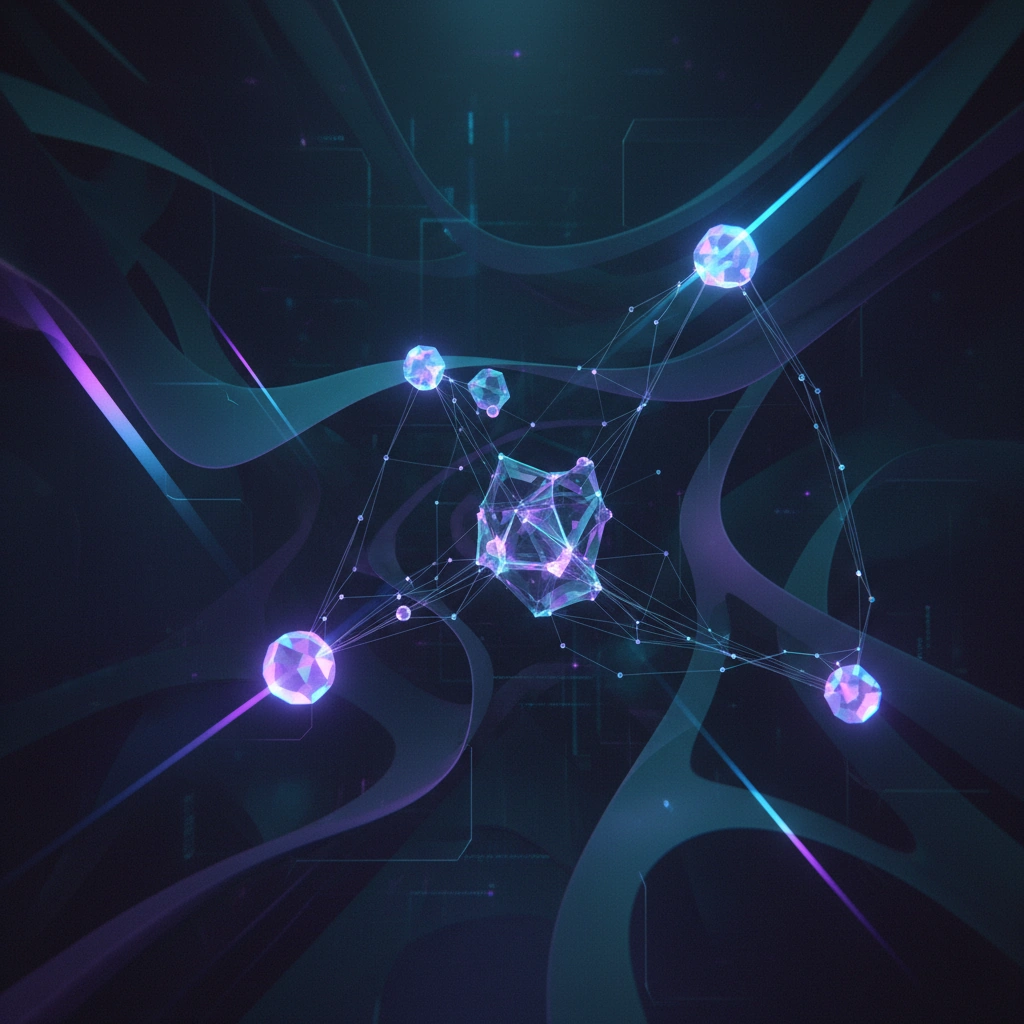How AI Actually Processes Images: Beyond Human Vision
AI doesn't perceive images like humans do. Understanding tokenization, embeddings, and attention mechanisms reveals how neural networks process visual data—critical knowledge for developing and detecting synthetic media.

When we look at an image, we see objects, colors, and context. But artificial intelligence doesn't "see" at all—it transforms visual data into mathematical representations that bear little resemblance to human perception. Understanding this fundamental difference is crucial for anyone working with AI-generated content, deepfakes, or digital authenticity verification.
Pixels Become Tokens: The First Transformation
The journey begins with tokenization. While humans perceive an image as a unified whole, AI systems break it down into discrete chunks called tokens. In vision transformers, images are divided into patches—typically 16x16 pixel squares. Each patch becomes a single token, reducing a 224x224 image to just 196 tokens.
This process mirrors how large language models process text, where words or subwords become tokens. For AI, a face isn't a face—it's a sequence of numerical vectors representing spatial regions. This tokenization strategy explains why AI can generate photorealistic faces yet sometimes struggles with spatial relationships: it's processing local patterns, not holistic scenes.
Embeddings: Converting Pixels to Meaning
After tokenization, each patch is converted into an embedding—a high-dimensional vector that captures semantic information. These embeddings exist in latent space, a mathematical realm where similar visual concepts cluster together. A patch of sky might have an embedding vector similar to other sky patches, regardless of color or cloud patterns.
Modern diffusion models like Stable Diffusion operate primarily in this latent space. When you prompt "a sunset over mountains," the model navigates embedding space to find vectors representing these concepts, then decodes them back into pixels. This is why AI can blend concepts seamlessly—in embedding space, visual features are just vectors that can be mathematically combined.
Attention Mechanisms: Selective Focus Without Eyes
Perhaps the most striking difference from human vision is how AI determines what's important in an image. Attention mechanisms calculate mathematical relationships between tokens, assigning weights to determine which parts of an image should influence each other.
In vision transformers, self-attention computes similarity scores between every pair of image patches. A token representing someone's eye might strongly attend to other facial feature tokens but weakly attend to background tokens. These attention patterns emerge from training, not from any inherent understanding of faces.
This mechanism has profound implications for deepfake detection. Authentic images often show natural attention patterns where contextually related regions correlate strongly. Synthetic images may exhibit unusual attention distributions, revealing their artificial origin.
Feature Hierarchies: From Edges to Concepts
AI builds understanding through hierarchical feature extraction. Early layers in convolutional neural networks detect simple patterns—edges, colors, and textures. Middle layers combine these into parts: eyes, noses, textures. Deep layers recognize complex concepts: faces, objects, scenes.
This hierarchy differs fundamentally from human vision, which processes information in parallel pathways. AI is strictly feedforward (with some exceptions in recurrent architectures), building complexity layer by layer. Understanding this architecture helps explain both AI's superhuman performance at pattern matching and its brittleness when encountering adversarial examples.
No Context Without Training
Perhaps most surprisingly, AI has no innate visual understanding. A neural network must learn that sky appears above ground, that faces have symmetrical features, or that shadows indicate light direction. Every spatial relationship, every physical law, every contextual assumption must be encoded through training data.
This explains why AI-generated images sometimes violate physics—incorrect reflections, impossible shadows, or anatomically incorrect hands. The model learned statistical patterns from training images but didn't learn the underlying rules that govern visual reality.
Implications for Synthetic Media
Understanding AI's non-human perception reveals vulnerabilities in synthetic media. Detection systems can exploit the mathematical nature of AI processing by looking for:
- Spectral anomalies: AI-generated images show distinct patterns in frequency domain analysis
- Embedding inconsistencies: Synthetic content may cluster differently in latent space
- Attention artifacts: Unusual attention patterns between image regions
- Feature correlation breaks: Statistical relationships between features that don't match natural images
As generative models become more sophisticated, understanding their fundamental processing mechanisms becomes essential for both creation and detection. AI doesn't see—it calculates. Recognizing this distinction is the first step toward working effectively with synthetic media technologies and maintaining digital authenticity in an increasingly AI-generated visual landscape.
Stay informed on AI video and digital authenticity. Follow Skrew AI News.



